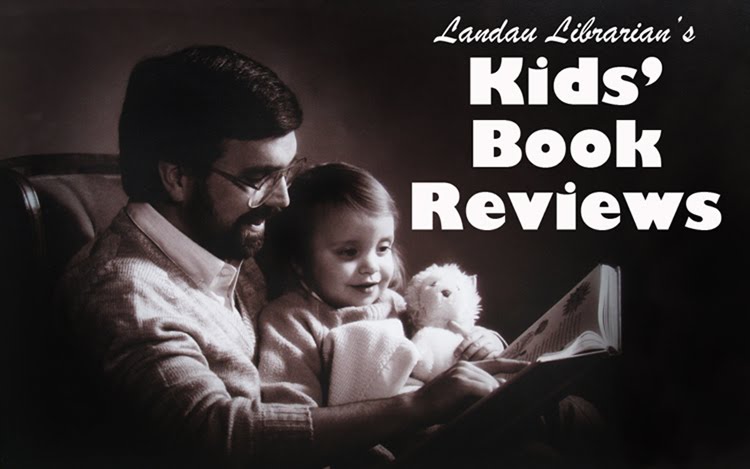 A review by Bill Landau
A review by Bill LandauPinkney, Jerry. The Lion & the Mouse. New York: Little Brown Books for Young Readers, 2009.
Granted, this book won the Caldecott in 2009 so the reviews are bound to be all of a positive nature. All reviewers made it clear this is an exceptional book that will stand the test of time. It was therefore interesting to read and compare the three glowing reviews in order to contrast the elements that each critic decided to highlight.
The Booklist review by Daniel Kraus was the least analytical. His review spends a great deal of time on descriptive elements and very little focus on critical or analytical observations. It is not until the end of the review that Kraus gets analytical. The second-to-the-last line of the review suggests that the use of close-ups of the lion and the mouse “humanizes his animal characters without idealizing them.”
Wendy Lukehart from the Washington DC Public Library provided a more critical and analytical review for School Library Journal. She starts out with an unusual observation that many people likely did not discover on their own. She notes that the cover illustration of the lion’s face, which does not feature any title or text, almost forces the viewer to turn the book over to see the mouse on the back cover. She says the direction of the lion’s eyes, looking toward the book spine, creates this need to turn the book over.
Much of the middle of the review details the art techniques that helped earn the book the Caldecott Award. Toward the end, the author takes a critical look at why the wordless format of this book works for this version of the classic Aesop tale. Her argument is based on the idea that a lack of words allows for a “slower, subtle and ultimately more satisfying read.” Lukehart concludes by saying the humor and affection that is portrayed between the lion and the mouse are key ingredients of the success Pinkney’s book has received.
It is the Kirkus review that proved to be the most insightful. The reviewer used the first several lines to summarize the plot and then gets right into analytical and critical observations. Kirkus credits Pinkney for successfully blending anthropomorphism and realism. In other words, through artful illustrations, Pinkney was able to bring human characteristics to the animals, without making them into cartoons figures. The lion and the mouse look very much like real animals, but their expressions and illustrated emotions take on a human persona.
The review also takes a critical look at the illustrations from a painterly viewpoint. The review discusses perspective and use of alternating angles and “lenses” through which the scenes are captured. One particularly insightful observation points out how the mouse is often depicted heroically large in comparison to the lion in order to show the mouse’s courage.
The only thing that is missing from all three reviews is something that needs to become a standard component of reviews in the future. With the rapid advancements toward E-Books and digital readers, reviewers need to mention what possible implications may result in the purchase of an electronic copy of the book. In the case of The Lion & the Mouse, a warning should be given to potential buyers that this nearly wordless picture book will lose much of its impact on a black and white E-Book reading device. Anyone who might purchase The Lion & the Mouse for the low resolution, black and white Kindle screen would likely “roar” with disappointment.
Reviews
http://www.kirkusreviews.com/book-reviews/childrens-books/jerry-pinkney/the-lion-the-mouse/
http://www.schoollibraryjournal.com/article/CA6685846.html?q=bird+child+forler
http://www.booklistonline.com/ProductInfo.aspx?pid=3603182

No comments:
Post a Comment